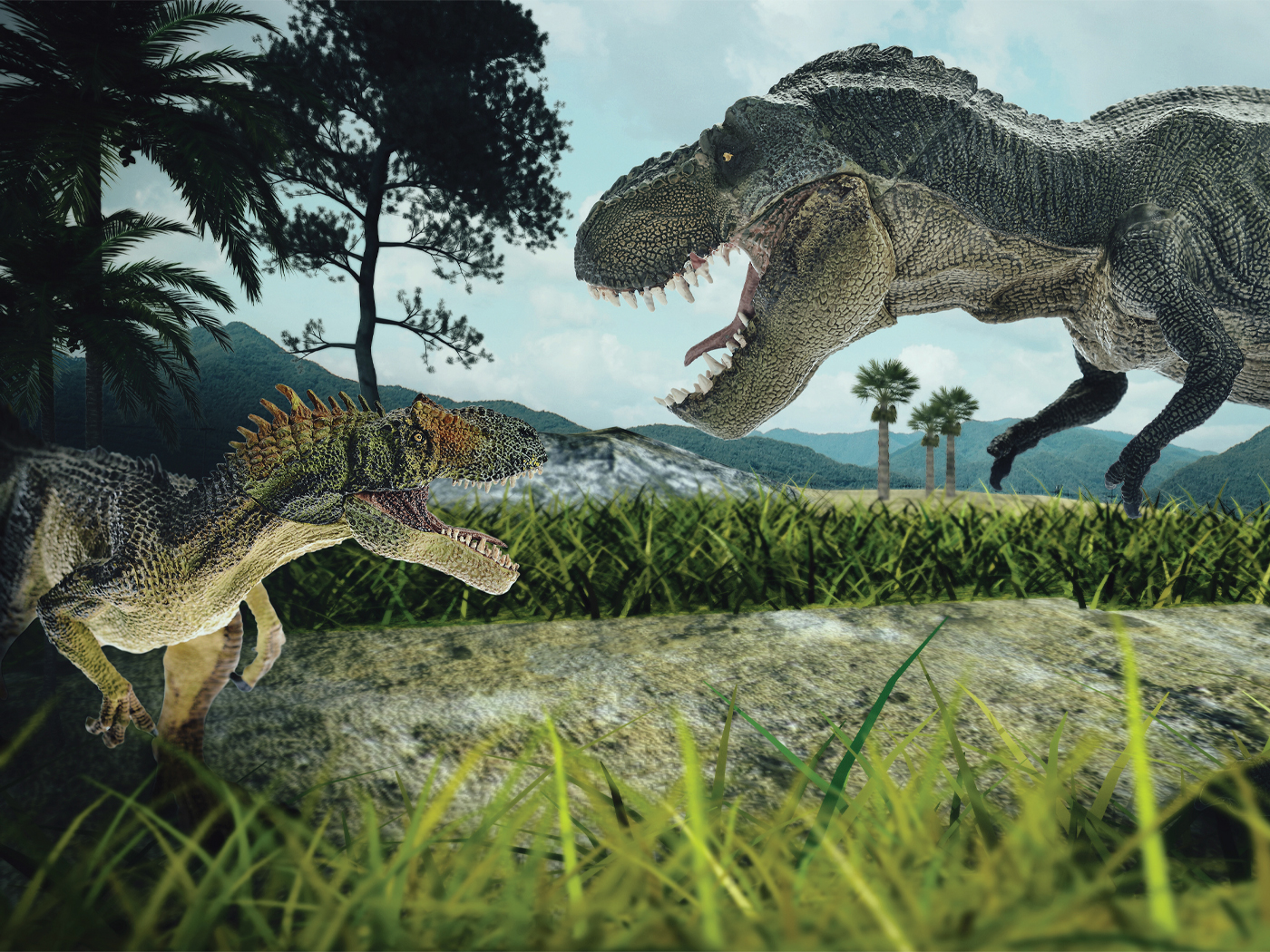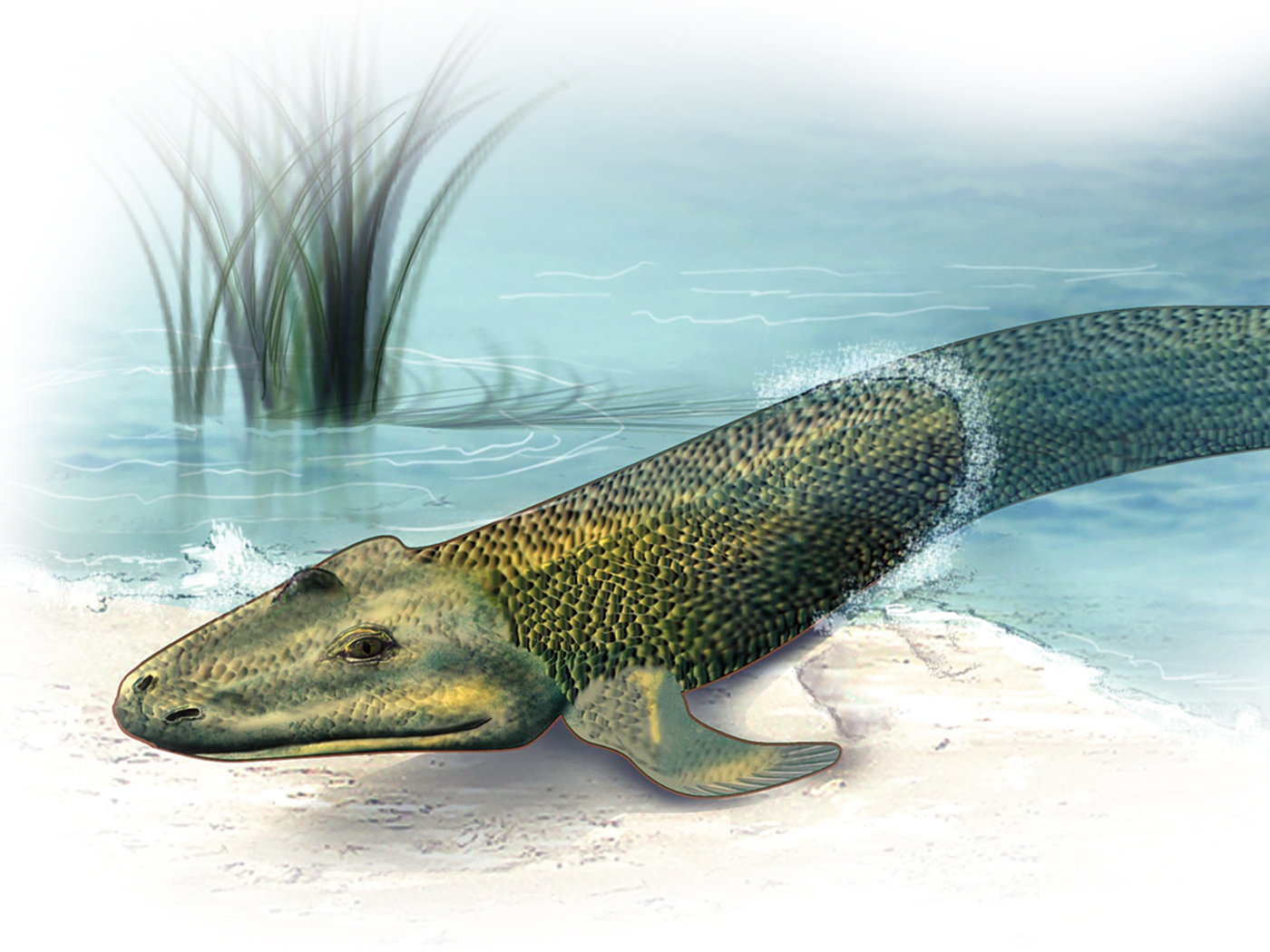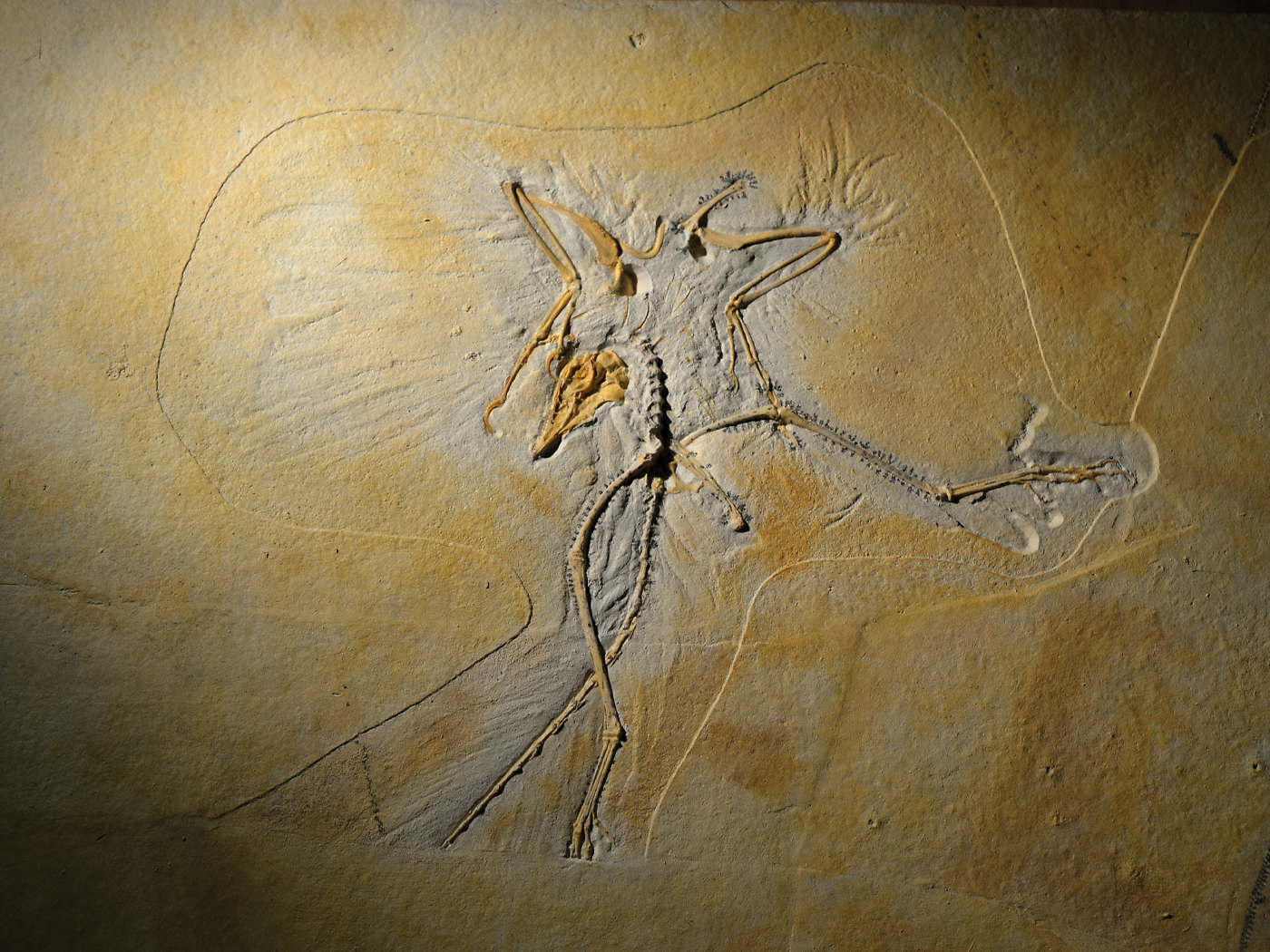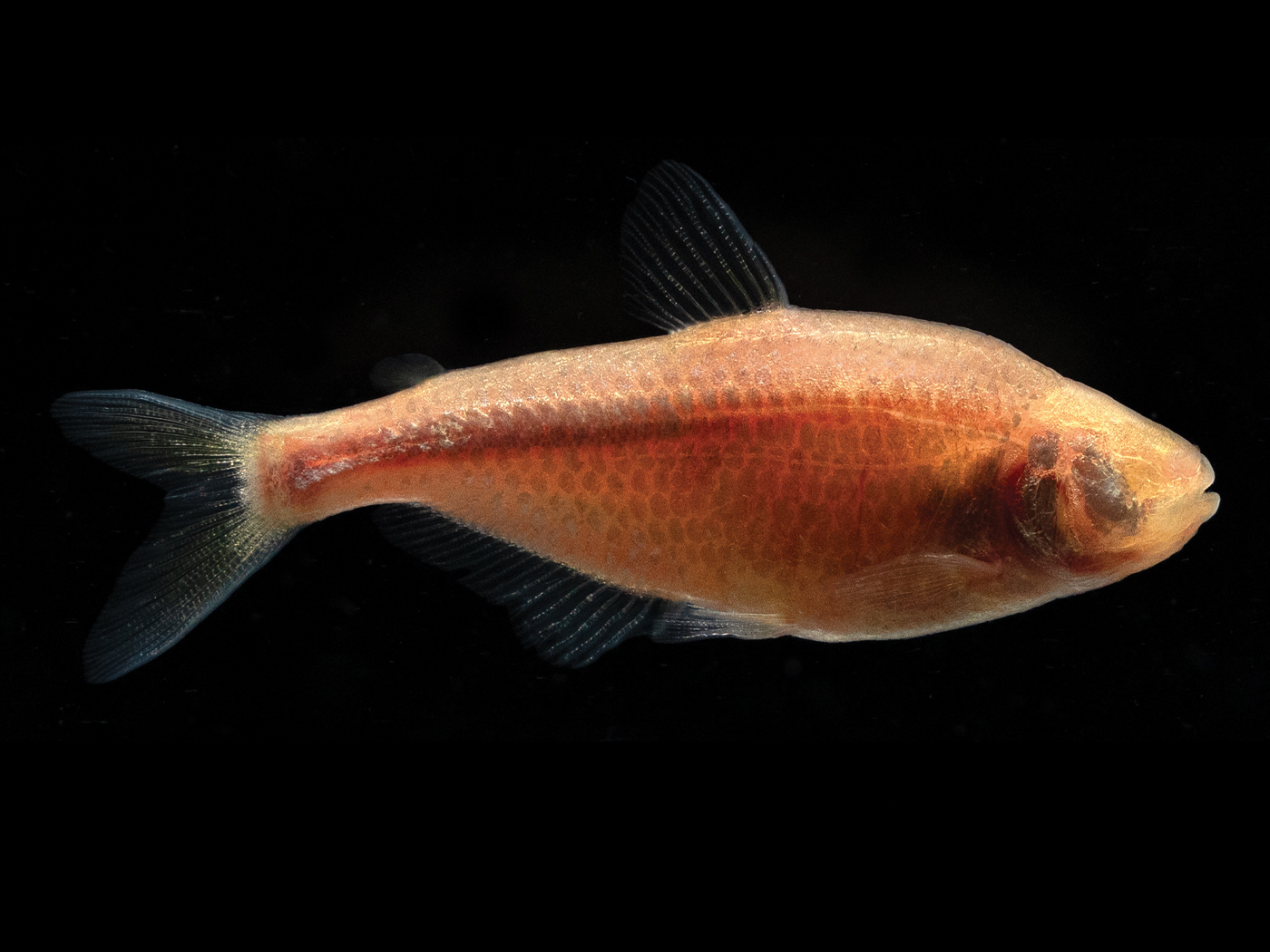Russian scientists announced the discovery of the world's oldest fossil worm burrows in Ediacaran rocks, even though very few fossils are typically found below Cambrian rock layers. Do these worm burrows help answer the longstanding challenge to evolution called the Cambrian Explosion of life? Evolutionary researchers used warped reasoning in their explanations about how burrowing worms may have impacted ancient life.
The Cambrian includes fossils of all living phyla, plus many extinct phyla. On the basis of evolution, one would expect a gradual and iterative appearance of life forms in the fossil record.1 The abrupt appearance in the Cambrian rock system of so many well-designed life forms challenges the claims of evolutionists.
The worm burrow fossils from Yakutia, Russia, clearly show that animals of that time were fully equipped for burrowing. The team of Russian paleontologists wrote about them in Geology, describing them as organisms that "actively burrowed by peristalsis."2 Peristalsis is a coordinated wavelike contraction of both longitudinal and transverse muscles. The esophagus uses it when swallowing, caterpillars use it when crawling, and worms living on the seafloor use it when burrowing.
So, do the worms help explain how all those living phyla evolved in only a few million supposed years between the Ediacaran and Cambrian?
The authors suggested that worm churning of sediment affected the local environment, which became "the triggering mechanism" for rapid evolution of Cambrian creatures.2 Dima Grazhdankin, coauthor of the Geology study and paleontologist at the A.A. Trofimuk Institute of Petroleum Geology and Geophysics in Novosibirsk, told ScienceNews, "We think that Ediacaran organisms diversified as a reaction to habitat remodeling by…burrowing."3
In other words, "That newly plowed seafloor in turn might have helped to spur the rise of new kinds of macroscopic life late in the Ediacaran period — just before the Cambrian explosion produced most of the major animal groups around today."3
But passive environments do not generate mechanisms—let alone the kinds of mechanisms required to exploit their own resources. Conditions and factors are always challenges that are overcome by inventive design, never by natural habitat. Thus, phrases like "helped spur the rise" and "diversified as a reaction" are evolutionists' "magic words" that are void of scientific content.4
Using the Russian study authors' reasoning, one would say that earth layers were "the triggering mechanism" that "helped spur the rise" of oil drilling rigs that "diversified as a reaction" to petroleum buried beneath rocks. In reality, people constructed oil rigs, and a divine Person—Creator God—constructed burrowing worms.
Mud flats did not trigger the exactly-fitted muscles, nerves, and connective tissues required for peristaltis in worm boring. Like any environment, a muddy environment is passive, inanimate, and unthinking—an illegitimate candidate for creating a worm or anything else. Those who attribute the creation of biological mechanisms to changing seafloor environments have "changed the glory of the uncorruptible God into an image made like to corruptible man, and to birds, and fourfooted beasts, and creeping things"5—and mud.
References
- Thomas, B. Is the Cambrian Explosion Problem Solved? Creation Science Updates. Posted on icr.org November 12, 2011, accessed April 27, 2012.
- Rogov, V. et al. 2012. The oldest evidence of bioturbation on Earth. Geology. 40 (5): 395-398.
- Powell, D. Fossils show signs of earliest burrowing. ScienceNews. Posted on sciencenews.org March 27, 2012, accessed April 27, 2012.
- Guliuzza, R. 2010. Unmasking Evolution's Magic Words. Acts & Facts. 39 (3): 10-11.
- Romans 1:23.
* Mr. Thomas is Science Writer at the Institute for Creation Research.
Article posted on May 11, 2012



















